The benefits of yoga?
Physical well-being
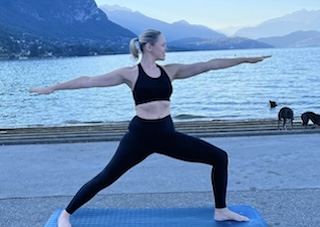
Regular practice of yoga postures (asanas) improves your flexibility, strength, balance, and mobility.
You regain your optimal weight and stabilize it, boost your metabolism and energy levels, and enjoy restorative sleep.
Your overall physical condition is enhanced.
Mental and emotional well-being
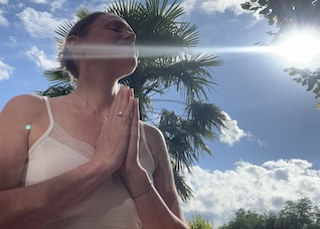
Breathing techniques, ‘Pranayama,’ and meditation help reduce cortisol levels, promoting mental calmness and reducing stress and anxiety.
You approach each day with joy, serenity, and clarity, becoming more resilient in the face of external challenges.
Harmony of body and mind
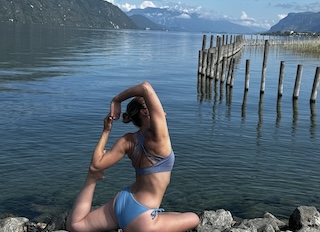
Through postures, conscious breathing, and meditation, yoga provides a space for awareness, calmness, mental tranquility, and concentration. When we are relaxed, vital energy—often called ‘Prana,’ ‘Chi,’ or ‘universal energy’—flows freely through the body, enhancing overall energy levels.
Yoga is much more than just a physical practice; it fosters a deep mind-body connection. It is a life path, a truly holistic approach to overall well-being.
THIA's yoga offering
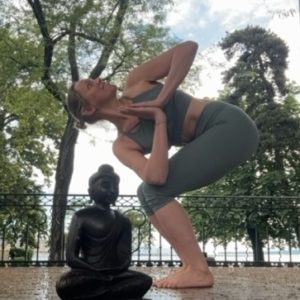
Hatha yoga
Hatha comes from ‘Ha’ = Sun and ‘Tha’ = Moon. Yoga means Union. It represents opposites, but also complementarity—like Yin and Yang, feminine and masculine, inhalation and exhalation, movement and stillness.
Hatha Yoga is a practice that combines postural exercises, breathwork, and meditation to harmonize body and mind.
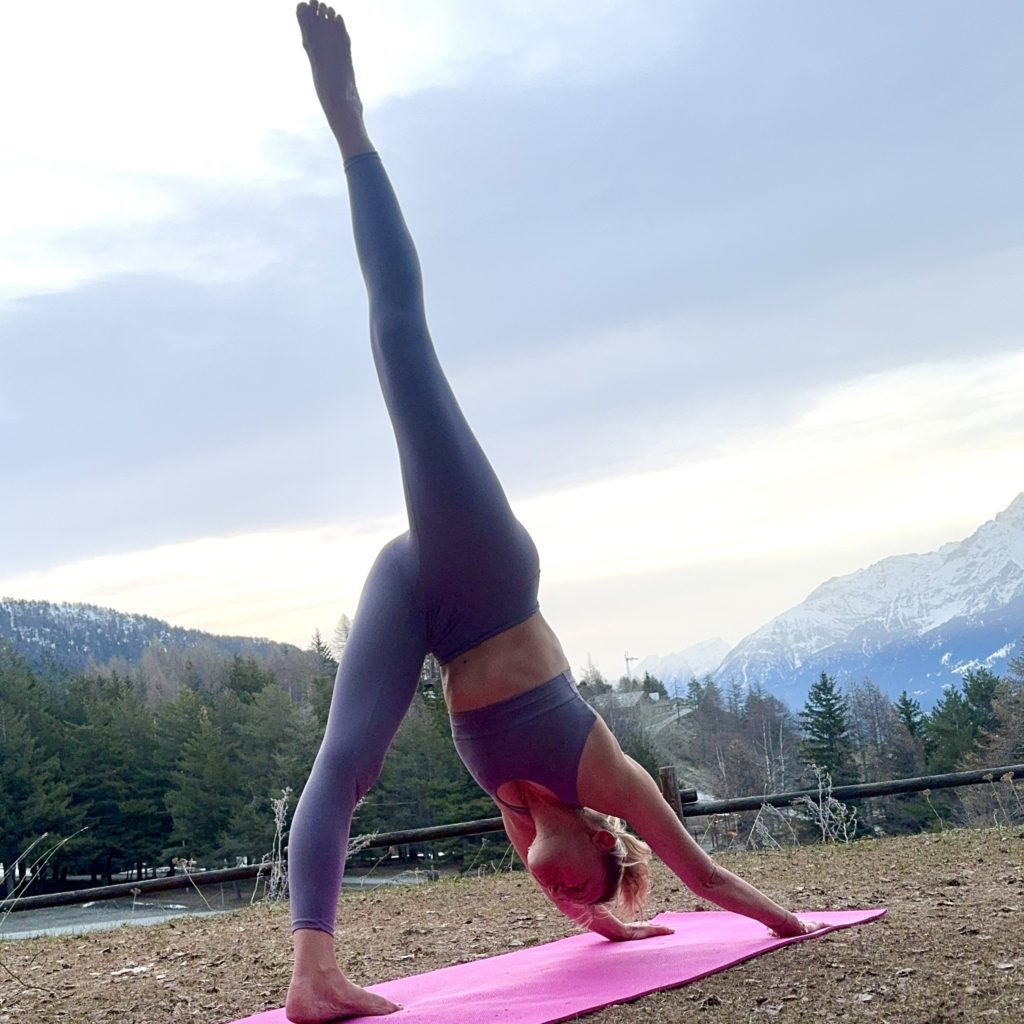
Vinyasa yoga
The term ‘Vinyasa’ comes from ‘nyasa’ = to place and ‘vi’ = in a specific way. Thus, ‘Vinyasa’ means synchronizing movement with breath. Our inhalation and exhalation serve as the driving force behind everything.
Vinyasa (flow) is based on the seamless transition between postures, creating a natural and harmonious sequence of movements.
Although more dynamic, this technique is accessible to everyone, as it offers different levels. Each participant can adapt the postures to their own abilities.
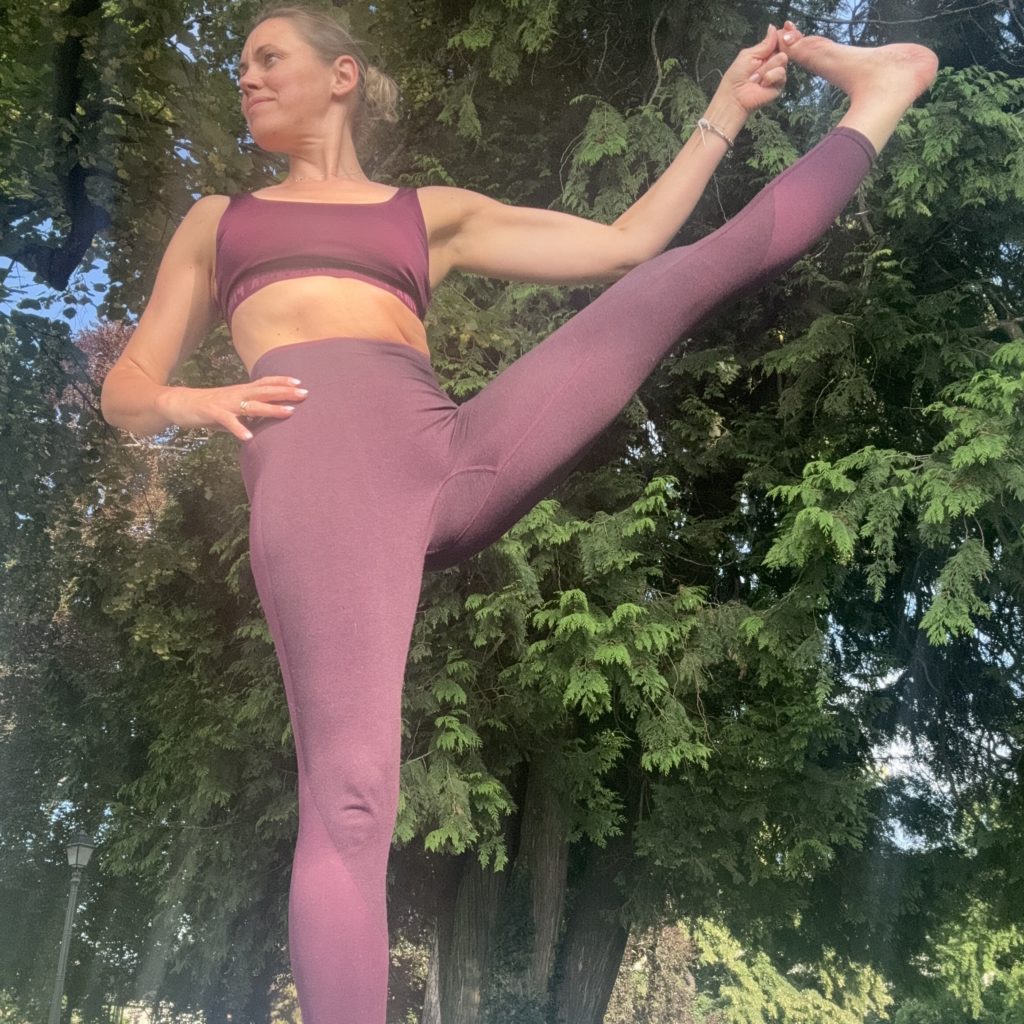
Asthanga yoga
The term ‘Ashtanga’ comes from Sanskrit, where ‘ashta’ means eight and ‘anga’ means limb or part.
Ashtanga Yoga refers to the eight aspects of yoga, according to Patanjali’s tradition, which include physical, mental, and spiritual discipline.
This practice is based on a specific sequence of postures, performed in an unchanging order. Each movement is synchronized with the breath, creating a continuous flow of energy throughout the practice. Ashtanga Yoga builds strength, flexibility, and focus while cultivating a calm and centered mind.
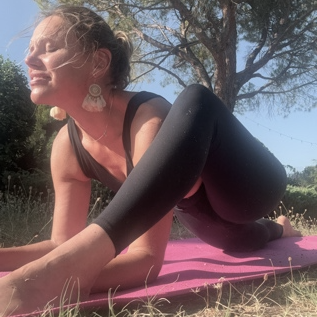
Yin yoga
Unlike dynamic practices, Yin Yoga is a gentle and meditative practice that involves holding postures for several minutes in a calm, relaxing space—ideal for soothing the nervous system and mind, cultivating patience and presence, and creating balance between physical activity and mental relaxation.
This slow-paced approach enhances flexibility, balances energy within the body, and gradually releases tension and energetic blockages in deeper layers of the body, such as fascia (connective tissues that support and relieve muscles, bones, and organs), ligaments, and joints.

Méditation
Unlike dynamic practices, Yin Yoga is a gentle and meditative practice that involves holding postures for several minutes in a calm, relaxing space—ideal for soothing the nervous system and mind, cultivating patience and presence, and creating balance between physical activity and mental relaxation.
This slow-paced approach enhances flexibility, balances energy within the body, and gradually releases tension and energetic blockages in deeper layers of the body, such as fascia (connective tissues that support and relieve muscles, bones, and organs), ligaments, and joints.

Meditative cold bath
The connection between yoga and cold baths lies in the ability to overcome the limits imposed by the mind. Through physical and mental challenges, we learn to listen to our bodies and push past mental barriers. This process requires us to focus on our breath and embrace discomfort, ultimately expanding our comfort zone.
Challenges are inevitable, but the way we approach them determines their impact on our well-being. We have the power to choose how we perceive pain and discomfort and adjust our response to the situation. In this way, everything becomes a matter of acceptance and perspective, transforming a difficult moment into an opportunity for personal growth and inner serenity.
